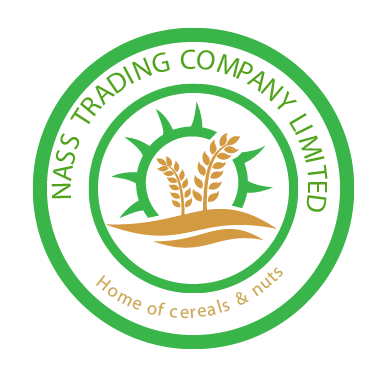Cereal crops have been a cornerstone of human civilization for thousands of years, serving as a fundamental food source and much more. The versatility of these crops extends beyond simple consumption, with uses ranging from food production to industrial applications. Let’s explore the various ways cereal crops are utilized around the world.
Food Production
The primary use of cereal crops is in food production. Cereals like wheat, rice, maize, and oats are staples in diets across the globe, forming the basis of bread, pasta, rice dishes, breakfast cereals, and more. They are also processed into flour, which is a key ingredient in countless recipes. Additionally, cereals are used in the production of alcoholic beverages such as beer and whiskey, which rely on grains like barley and maize for fermentation.
Animal Feed
Cereals are also a crucial component of animal feed. Corn, barley, and sorghum, for example, are commonly used in livestock feed to provide essential nutrients that support animal growth and health. The high energy content of cereals makes them an ideal feed for cattle, poultry, and other livestock, ensuring the efficient production of meat, milk, and eggs. This use of cereals contributes significantly to the global food supply chain by supporting the production of animal-based products.
Industrial Uses
Beyond food and feed, cereals have various industrial applications. Corn, for instance, is a key raw material in the production of biofuels like ethanol, which is used as a renewable energy source. Cereals are also used in the manufacturing of biodegradable plastics, adhesives, and even cosmetics. The starch derived from cereals like maize and wheat is utilized in a wide range of industries, including paper production, textile manufacturing, and pharmaceuticals. These diverse applications highlight the importance of cereals not just as a food source, but as a versatile agricultural commodity.



